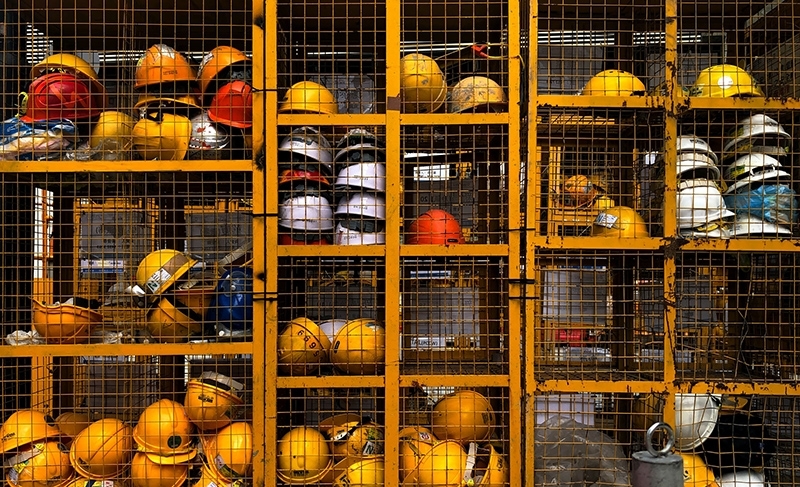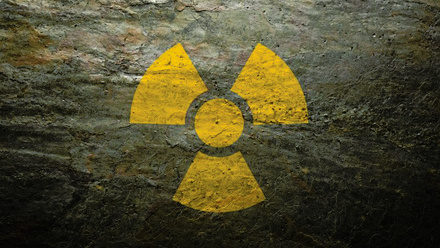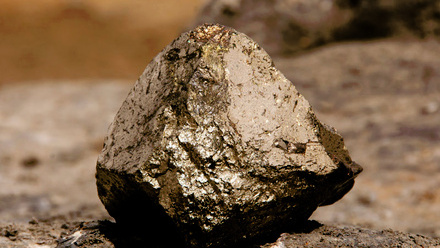Quarrying safety and health
The UK quarrying industry is still widely thought of as a dangerous industry with a relatively high number of fatal and major injuries compared with some other sectors.

That is partly because, when figures are expressed as a rate taking into account the number of hours worked, they appear higher than many other potentially dangerous industries (such as construction) because of the relatively small number of people working in the quarrying sector. In addition to looking after the well-being of their work force, operators also have responsibility for the safety of visitors to, and even trespassers on, sites.
The industry has worked hard to reduce accidents. Despite significant improvements, the fatal injuries rate is still high. Under the Reporting of Injuries, Diseases and Dangerous Occurrences Regulations 1995 (‘RIDDOR’) L0553, employers are required to report deaths, major injuries, over-three-day injuries, injuries to the public and dangerous occurrences that could have led to death or injury. The HSE website states that since 2000 over 3,500 workers have suffered an injury reportable to HSE, 31 of those being fatal.
There are also health issues relating to chemical and physical effects of emissions, exposure to potentially damaging vibrations, and the adequacy of general working conditions.
Accidents in quarrying
The HSE Quarry Industry Sector Strategy identifies the main causes of fatal and major accidents in quarries which are -
- Slips & trips
- Contact with moving/falling objects
- Falls from height
- Handling
- Moving machinery & drowning.
Vision Zero was launched in November 2020, it is a project designed to build on past success in accident reduction and further improve the record by involving the whole workforce in safety awareness.
The Quarry National Joint Advisory Committee
The Health and Safety Executive's Quarry National Joint Advisory Committee (QNJAC) is a tripartite body with members drawn from employers, trade associations, trade unions and the regulator. It meets twice a year and produces guidance and information for the industry.
Training and Competence
The Quarries Regulations requires that no person undertake any work in a quarry unless they are competent to do so. A lack of competence was demonstrated in the historically poor accident and ill health history of the industry. Much has now been done but more action is needed and is in progress.
Hazards in the quarrying industry
Hazards in the Quarrying Industry can be regarded as being either ‘major hazards’ or ‘occupational hazards’. Major hazards are those hazards such as ground stability, transport and moving machinery and use of explosives, that in terms of risk, are high consequence-low likelihood events.
Occupational hazards are those lower consequence-higher likelihood risks such as trips and falls and manual handling that are all too common in most industries, not only quarrying.
Health
Safeguarding the health of the work force is also important. Factors that may affect health occur both in the quarry itself and in associated plant and other buildings. These may include, depending on the circumstances, dust, fumes and other emissions, chemicals, sensitisers that may lead to allergies, noise, vibration, contaminated land, and radiation, as well as physical hazards that could lead to eye or muscle or skeletal damage.
The condition of traffic routes is also relevant. Issues that are more likely to occur in buildings, in common with most other workplaces, include temperature, lighting, cleanliness and wastes, space provision, sanitary provisions, water supply and food facilities, and provision for rest. As well as physical effects, factors leading to stress are also considered.






